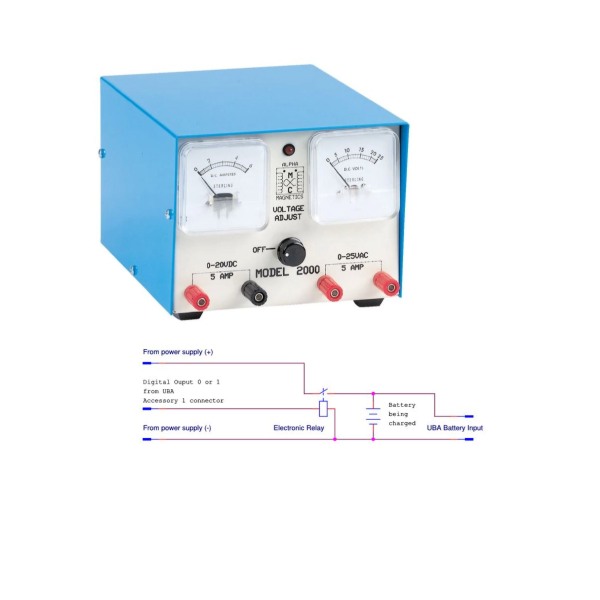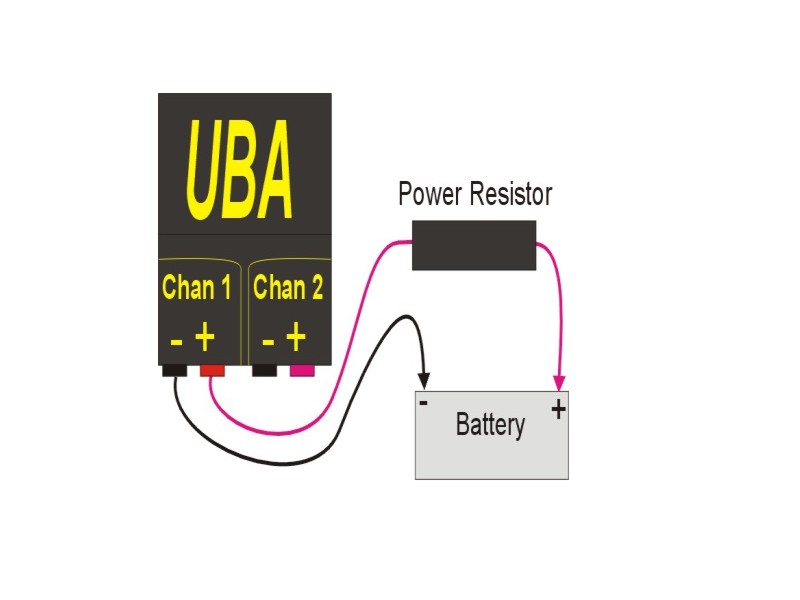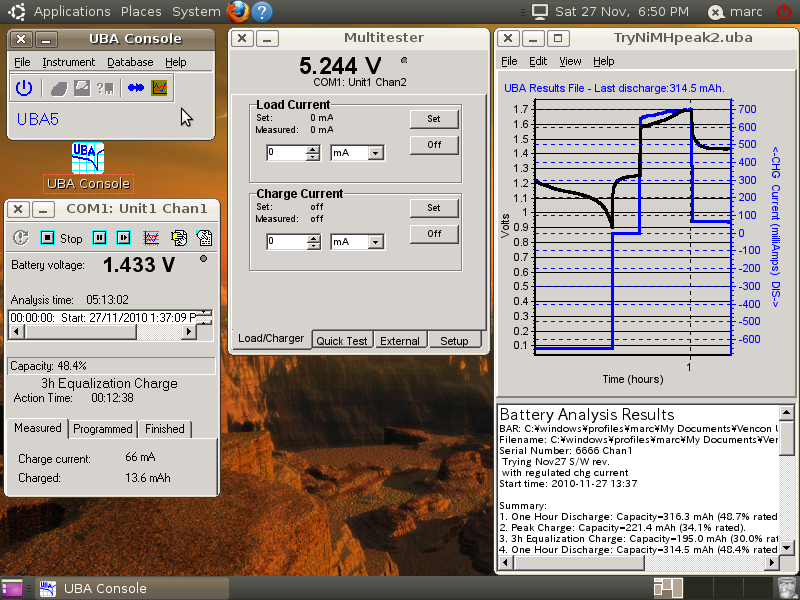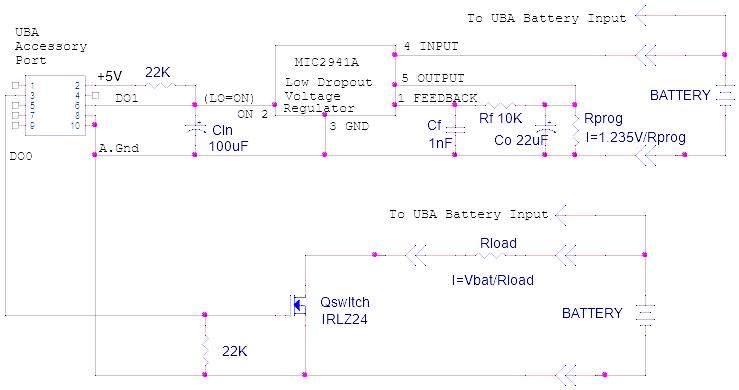The Question:
I’ve repeatedly heard over the years that it could damage a cell to discharge it to less than 1V per cell and are you recommending this as a routine test for modelers to find weak cells?
Red Scholefield replies:
You cannot damage a cell by discharging it to zero volts. Where the problem arises is that when you try to discharge a multicell pack to a low voltage one or more cells will can be driven into reverse due to the differences in individual capacity of the cells. Reversing the cell is essentially charging it backwards and causes venting and if done long enough can damage the cell. When a cell is allowed to discharge through its own individual load and reaches zero volts, current ceases. There is no charge in the cell. Since there is no charge in the cell it is much easier for a short to develop and maintain itself. Because of this, some may associate driving the cell to zero with causing the cell to fail. The weakness was there all the time but did not show up since the current source (the charged material in the cell) would not allow it to manifest itself.
Usually you can decide if a pack is going bad without resorting to this test. Look for higher than normal self discharge (high resistance short is developing). Look for significant drop off in capacity, (High resistance short is shunting charge current and cell is not getting fully charged). Look for lower voltage after full charge (one cell is already shorted). Good news, I have seldom seen a cell short when it’s fully charged so you should get ample warning from the symptoms above. The short down – spring back test only confirms that you do have a short or allows you to get a high degree of confidence that a cell is good (from the separator integrity standpoint).

 Windows 10 Compatible
Windows 10 Compatible



